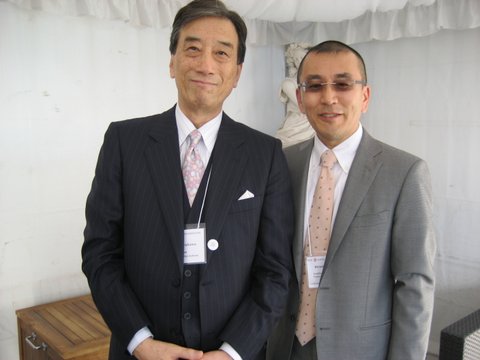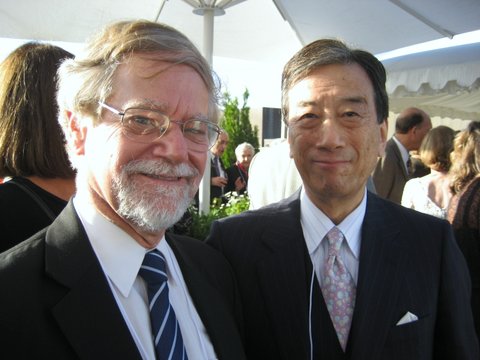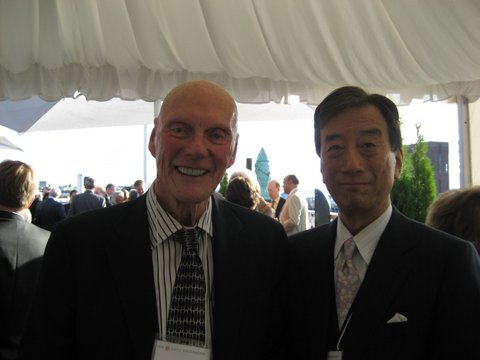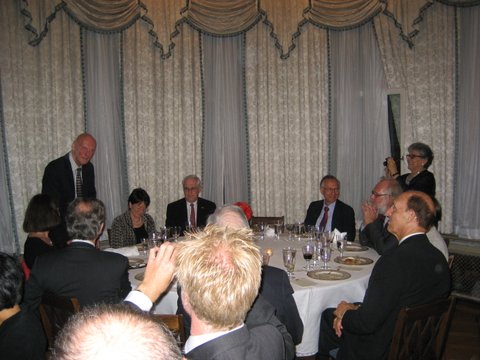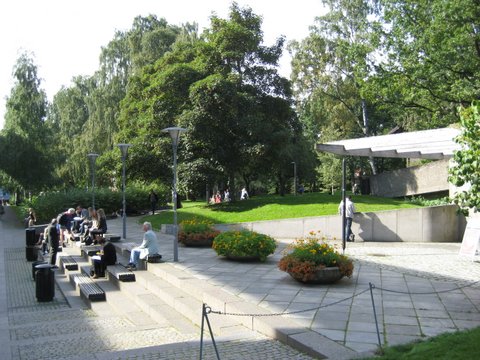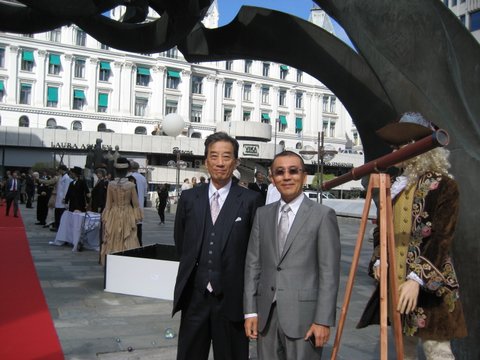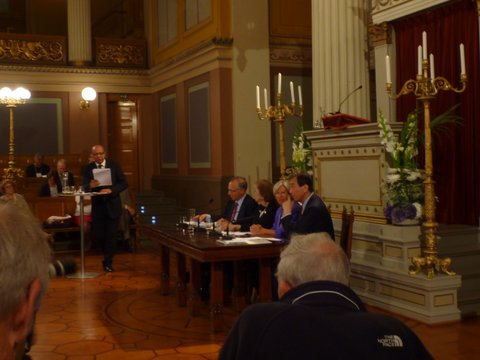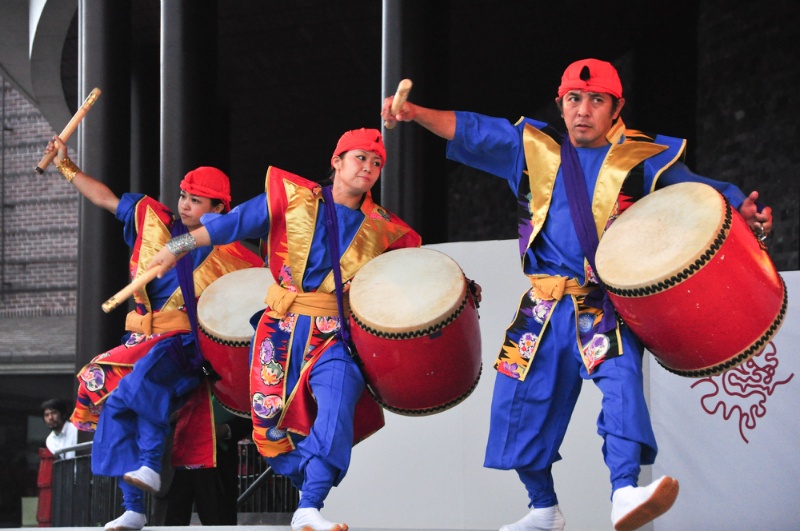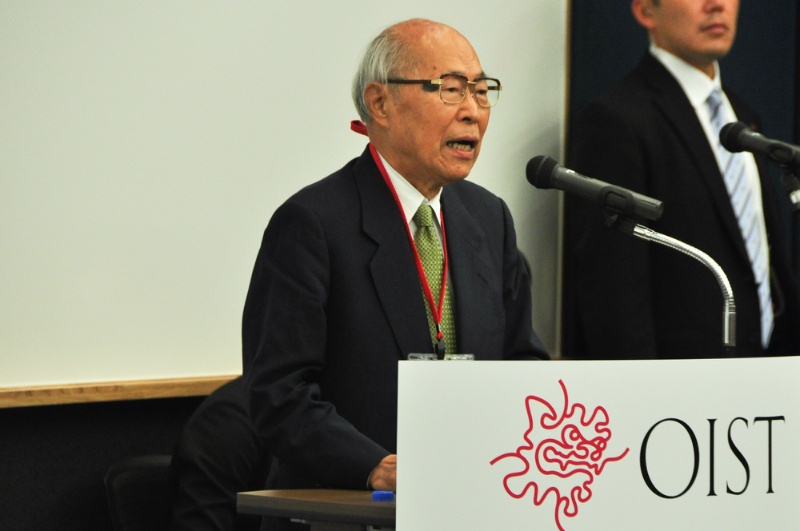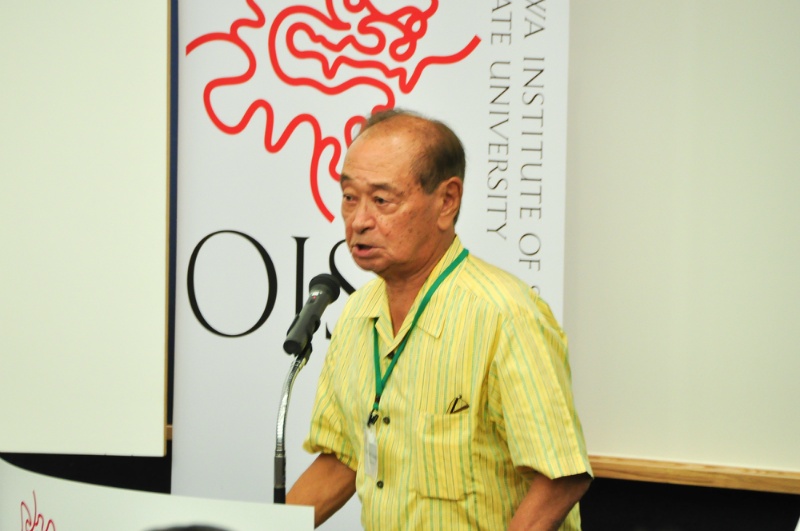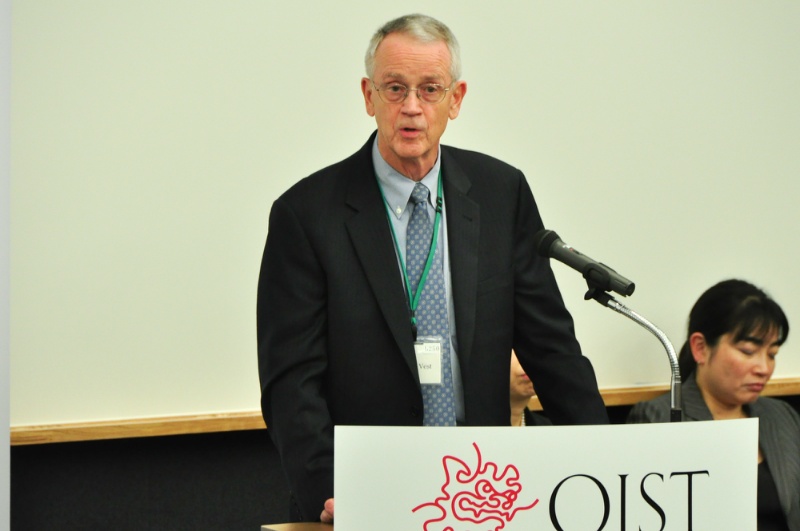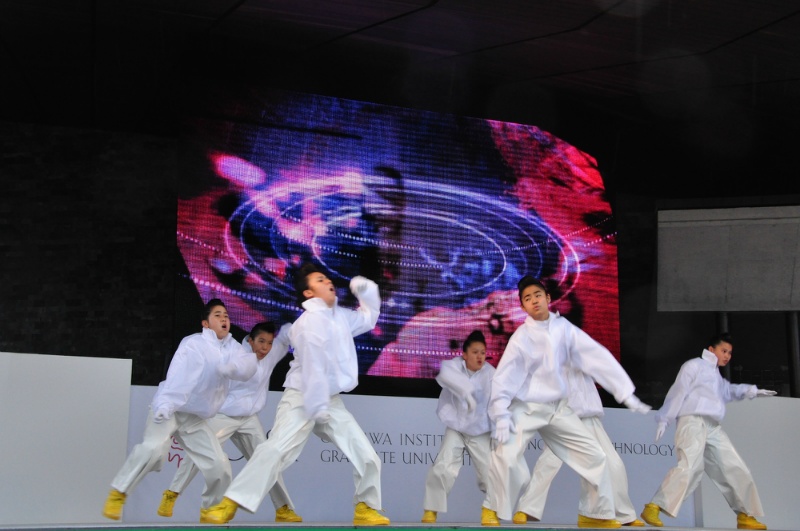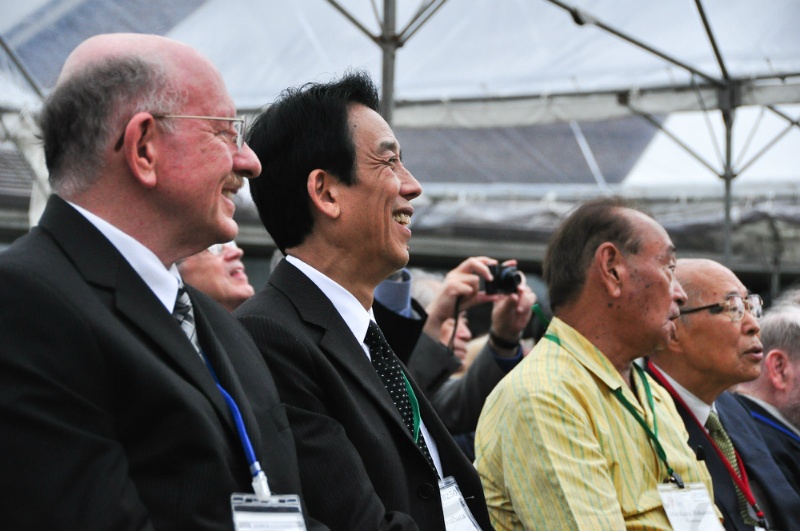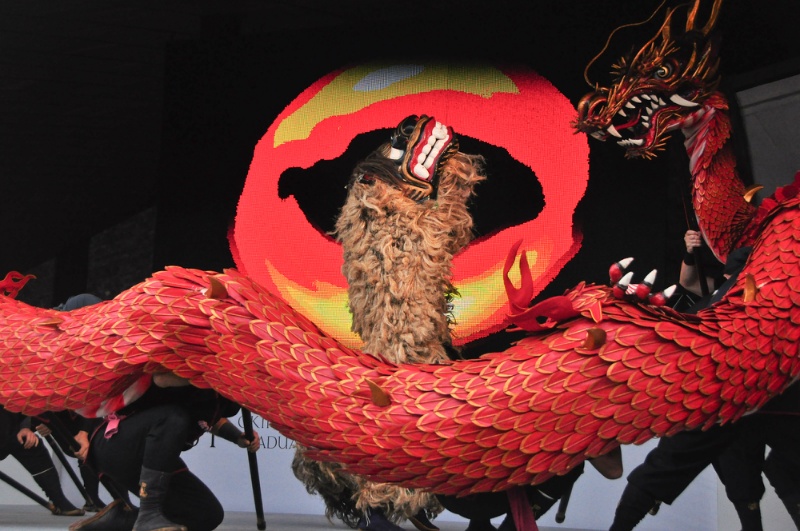On September 1st, I departed Narita for Oslo. As I had been busy with the National Diet of Japan Fukushima Nuclear Accident Independent Investigation Commission (NAIIC), it is my second time being abroad this year, following my trip to Washington DC in May.
After the transit in Copenhagen, I arrived in the evening in Oslo to a beautiful, clear sky. The purpose of this trip is to attend the Kavli Foundation’s Kavli Prize Ceremony and the Kavli Science Forum.
After arriving, I checked in at the Grand Hotel Oslo. This is a historic hotel where it is a tradition for the Noble Peace Prize Laureates to stay and to greet the crowd from the second floor balcony, which faces the park. I had a light, late dinner with Norway’s Ambassador to Japan, Mr. A. Walther, at a nearby restaurant close to the National Theater.
The next day, September 2nd, was also a bright, sunny day. I was able to rest and relax for the first time in a while before attending the reception in the afternoon. It was held at its penthouse suite on the top floor of the hotel as well as outside on the rooftop. At night, I attended a dinner at the American Ambassador’s official residence. This was another impressive, historic building.
On the 3rd, in the morning I went to the University of Oslo campus to listen to the lectures given by the seven laureates. There are three laureates in Astrophysics, one in Nanoscience and three in Neuroscience. Four of them are women and six are from the United States of America, of which three are from MIT.
The lectures were impressive and the leafy campus of University of Oslo, surrounded by grand trees, was very beautiful.
My ‘Global Health’ panel(1), composed of four panelists in all, was held in the afternoon. The Prime Minister of Norway came and gave an excellent opening address. The panelists all know each other and my current job allows me to be involved with them on various occasions. The program and panel moderator was Pallab Ghosh, who is well known as the science correspondent for BBC News. It is possible to see the entire forum webcast online.
At night, I went to the reception at the Norwegian Academy of Science and Letters. Prof. Hitoshi Murayama, the Director of the Kavli IPMU at the University of Tokyo also arrived.
Dr. Iijima who was awarded the first Kavli Prize in Nanoscience in 2008, Prof. Ooguri who is a Caltech Kavli Professor and Vice President Kasuga of the Science Council of Japan also took part in the reception.
Oslo is a serene, somehow insistent with her own heritage, sophisticated city.
